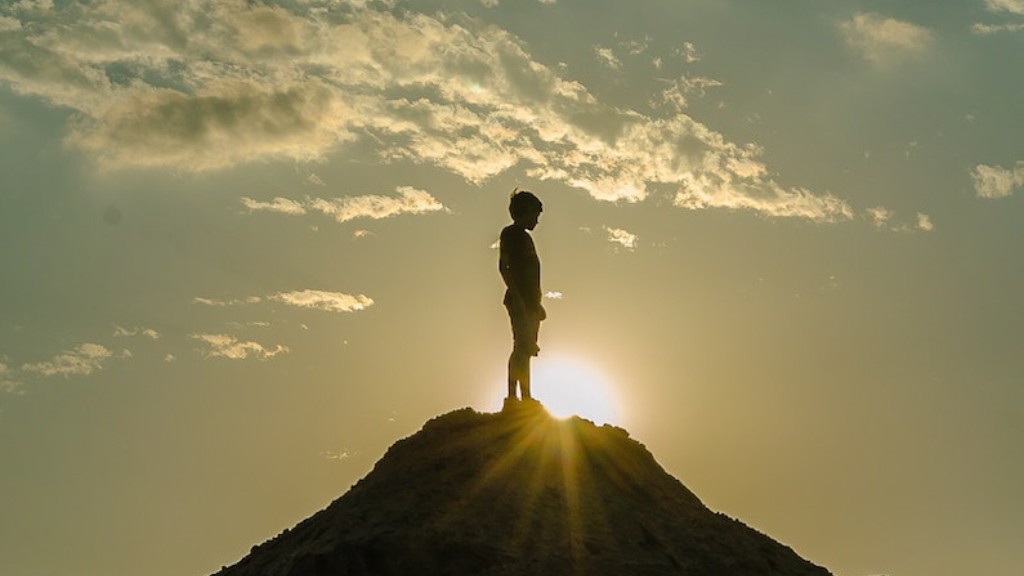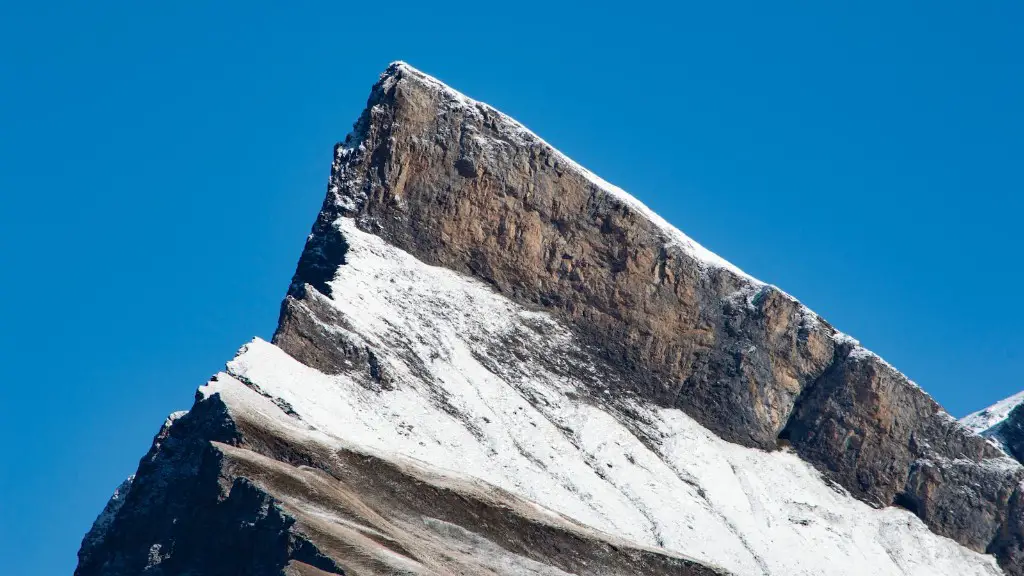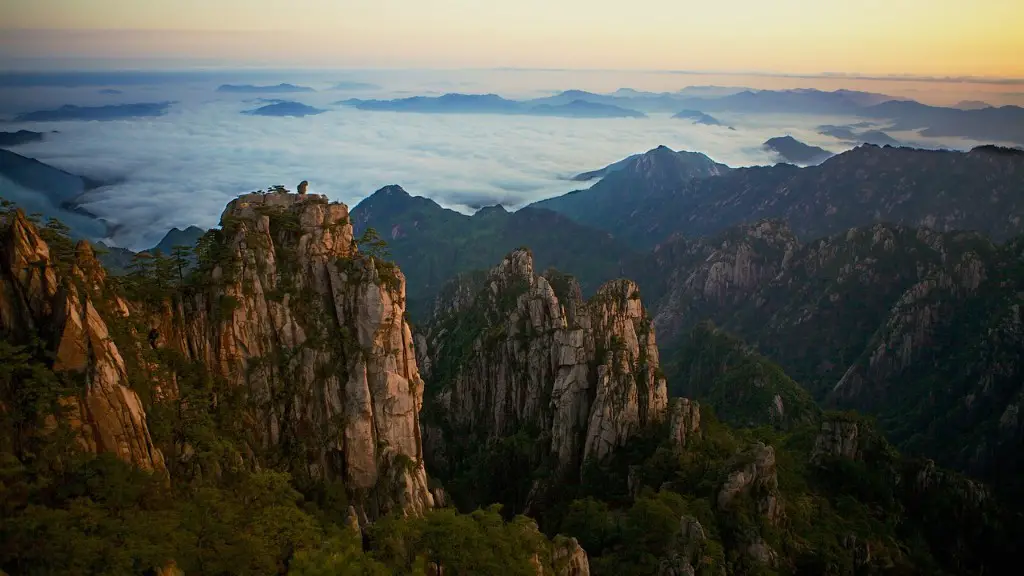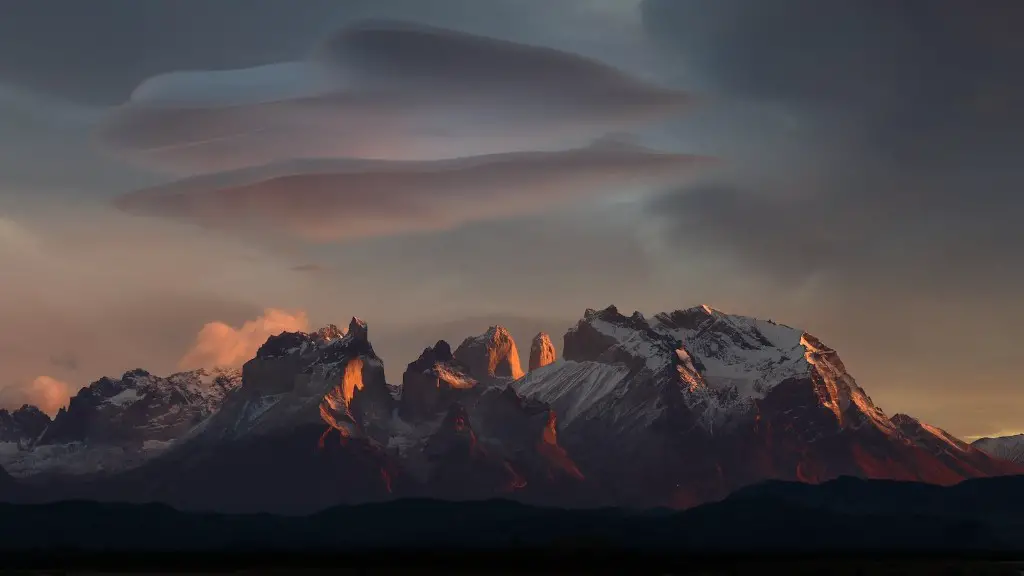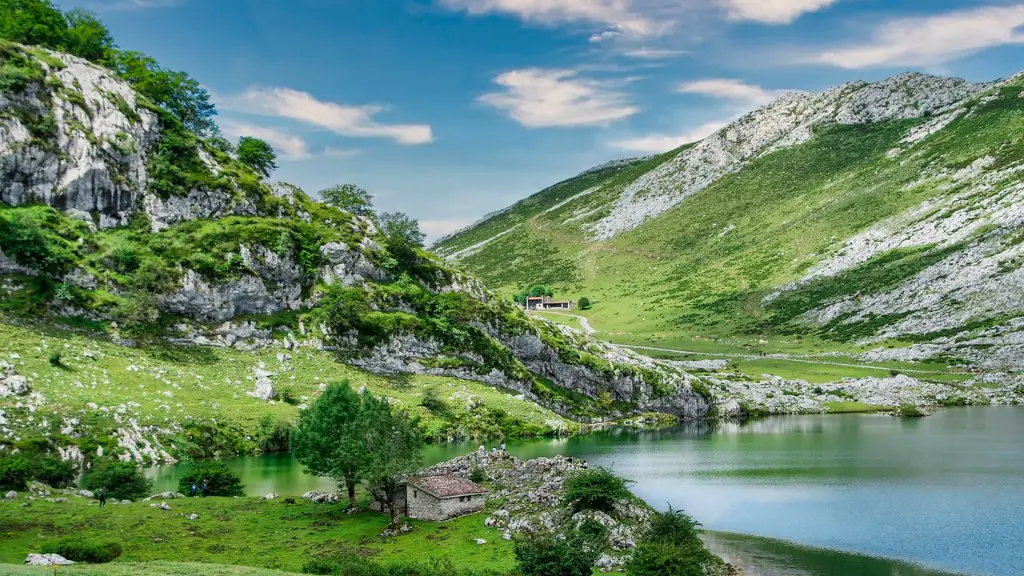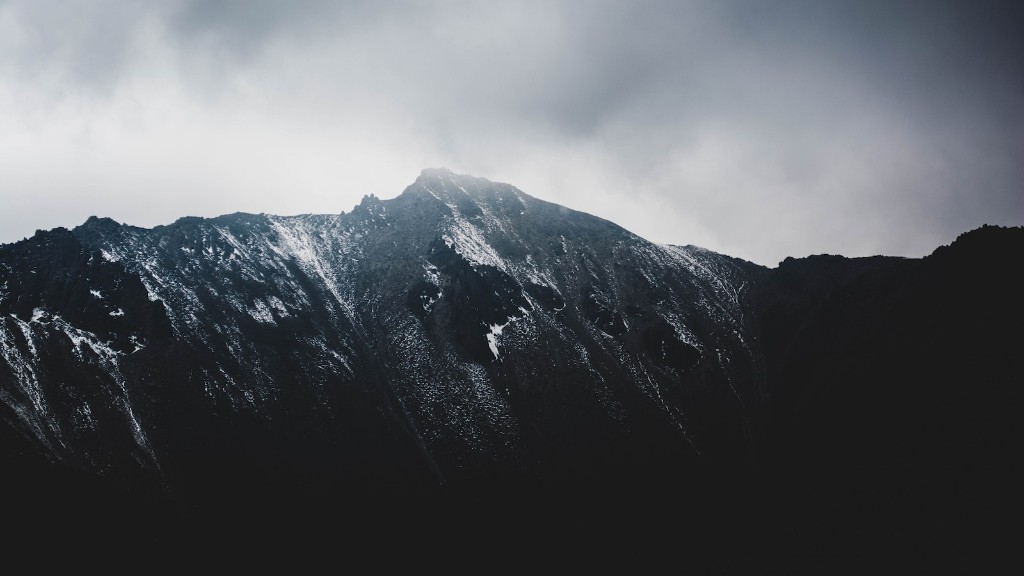Mount Kilimanjaro is the tallest mountain in Africa, and one of the most popular tourist destinations in the world. Though it is possible to hike to the summit without any technical climbing experience, it is still a demanding trek, and visitors should be prepared for a challenge. With the help of a guide and proper planning, however, anyone can make it to the top of this majestic mountain.
There are a few ways to visit Mount Kilimanjaro. The first is to take a guided tour. These can be booked through various companies and websites. The second way is to attempt a solo climb. This is typically only recommended for experienced hikers and climbers. Finally, you can choose to trek with a group of friends or family.
How much does it cost to visit Mount Kilimanjaro?
The cost of climbing Kilimanjaro varies depending on the tour operator, with budget options available for as little as $2000. However, some Western travel agents sell outsourced climbs at an inflated price, so it’s important to shop around. There are also various, unavoidable fixed costs associated with any tour operator, so if a climb seems too cheap, it’s worth asking why.
If you want to get to Kilimanjaro, you need to fly to Kilimanjaro International Airport (JRO). The airport is situated south-west of Mount Kilimanjaro National Park. Below we have listed airlines that fly directly to Kilimanjaro airport (JRO).
Can you visit Kilimanjaro without climbing
That being said, you can absolutely visit Mount Kilimanjaro without hiking the mountain. There is little opportunity to do smaller hikes on the mountain without going full-summit, but it’s possible. And there are two nearby towns tourists can explore while taking in the views of Kilimanjaro.
When looking for a reputable trekking agency or climb operator, be sure to check reviews and ask for recommendations. Once you’ve decided on a date and route, book your flights and organise your visa. Get your vaccinations and organise the necessary equipment. Finally, get yourself into shape for the big climb!
Is Kilimanjaro worth the money?
Mount Kilimanjaro is an amazing experience and well worth the effort. Even though the success rate is only around 66%, it is still worth it for the experience. Young males between 20 and 30 surprisingly have a lower success rate than we would expect, but that doesn’t take away from the experience.
Kilimanjaro’s altitude is a significant challenge, but climbers do not need supplemental oxygen to climb Kilimanjaro or reach the summit. To reach to the summit you use the acclimatization method of walking slowly “pole pole” climb high, sleep low.
Can a normal person climb Kilimanjaro?
For the average person, successfully climbing and summiting Kilimanjaro is definitely attainable. You don’t need to be particularly fit (indeed being too fit can be detrimental) and you do not need any technical climbing skills.
embarking on this journey.
Additionally, while you can technically summit Kilimanjaro without any prior climbing experience, we highly recommend taking some beginner mountaineering courses and doing some research
How far in advance do you need to book Kilimanjaro
When planning to hike Mount Kilimanjaro, it is important to book your trip at least one day in advance. This is because there is no visitor information office in Moshi or Marangu. The Kilimanjaro National Park Headquarters is located at the park entrance gate in Marangu, and office hours are from 7am to 7pm. However, you can obviously leave after hours for altitude reasons.
Kilimanjaro is generally considered to be a harder trek than Everest Base Camp, primarily because of the challenges posed by summit night. However, there are aspects of the Everest Base Camp trek that can be more challenging than Kilimanjaro, so it really depends on the individual.
What month is best to climb Kilimanjaro?
If you’re looking to climb Mount Kilimanjaro, January and February are two of the best months to do so. The weather is generally warm and clear during these months, although there is a chance of afternoon rain and clouds.
The temperatures on Mount Kilimanjaro are determined more by the altitude and time of day than by the season. At the base of the mountain, the average temperature is around 21 to 27 degrees Celsius, and at the summit, Uhuru Peak, the night time temperatures can range between 20 and -20 degrees Fahrenheit (-7 to -29 degrees Celsius).
Do you need malaria tablets for Kilimanjaro
Many trekkers choose to take antimalarial drugs when climbing Mount Kilimanjaro in Tanzania due to the risk of malaria in the area. It is important to continue taking malaria prophylaxis after descent, especially if visiting lower elevations where the risk of malaria is still present.
It is advisable to spend five to nine days on Mount Kilimanjaro in order to summit successfully. This is because you will become more acclimatised to the altitude and will be less fatigued. The more days you spend on the mountain, the greater your chances of success.
How far do you walk each day on Kilimanjaro?
The full day is 12 – 14 hours of trekking and covers 112 miles/ 181km 1,245m/ 4,084 feet up the mountain from Barafu or 1,095m/ 3,592 feet up from Kosovo Camp to the summit You then have 2,795m/ 9,169 feet down hill all in the same day. This is an extremely difficult and dangerous trek, and should not be attempted without proper training, preparation, and equipment.
This is an important note for anyone considering climbing Kilimanjaro. The success rate for summiting the mountain is estimated to be between 45-65%. This means that there is a significant chance that you will not summit if you try to do it in a shorter time frame than a week. This is likely because it is a very difficult and strenuous hike, and you need to be well-prepared in order to have the best chance of success.
Final Words
Assuming you would like tips for climbing Mount Kilimanjaro:
1. Choose your route- there are seven different routes up the mountain, each with varying difficulty levels. The most popular route is the Marangu Route, which is considered the easiest.
2. Get in shape- although it is the easiest route, climbing Mount Kilimanjaro is still a strenuous endeavor. It is recommended that you start working out and preparing several months in advance.
3. Choose your dates- the best time to climb Mount Kilimanjaro is during the dry season, which runs from late June to early September.
4. Make sure you are mentally and emotionally prepared- climbing Mount Kilimanjaro can be taxing, both mentally and emotionally. Be sure that you are up for the challenge before you begin.
5. Hire a reputable guide- although you can climb the mountain without a guide, it is highly recommended that you hire one. Make sure to do your research and hire a guide that comes highly recommended.
6. Be prepared for the altitude- one of the most difficult aspects of climbing Mount Kilimanjaro is the altitude. Be sure to take it slowly and give yourself time to acclimatize to
After spending hours researching and planning, you’re finally ready to visit one of the most iconic mountains in the world – Mount Kilimanjaro. Here are a few things to keep in mind as you embark on your journey to the “rooftop of Africa”.
First, make sure you’re physically prepared for the challenge ahead. Mount Kilimanjaro is no walk in the park, and you’ll need to be in decent shape to summit the mountain. Secondly, pick the right time of year to go. The weather on Mount Kilimanjaro can be unpredictable, and you want to make sure you have the best chance of reaching the summit. Third, choose a reputable guide company. With so many options out there, it’s important to do your research and choose a company that has a good reputation and is experienced in leading successful climbs.
Following these tips will help ensure that your Mount Kilimanjaro adventure is a safe and successful one.
